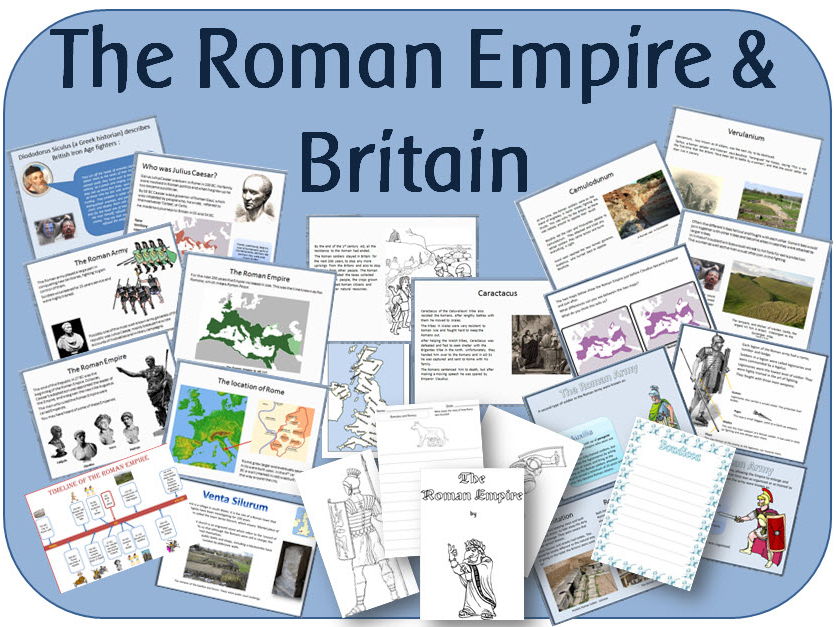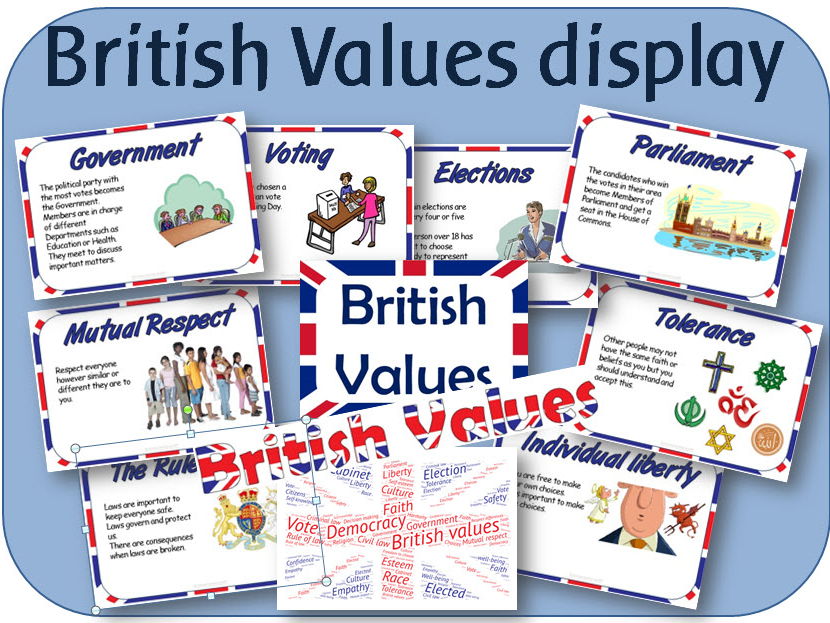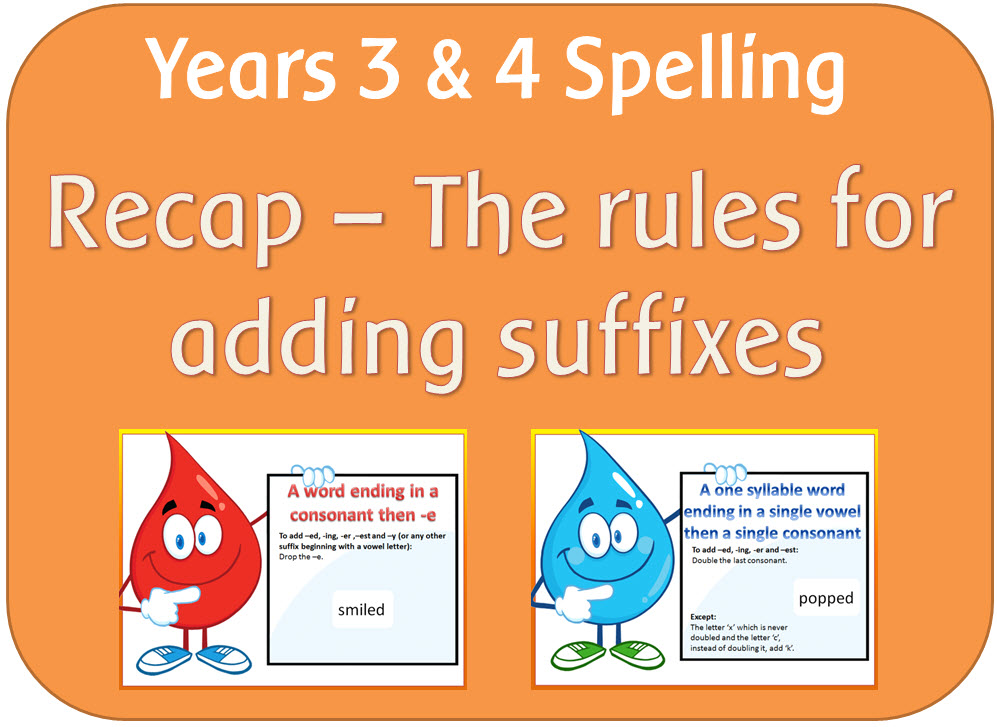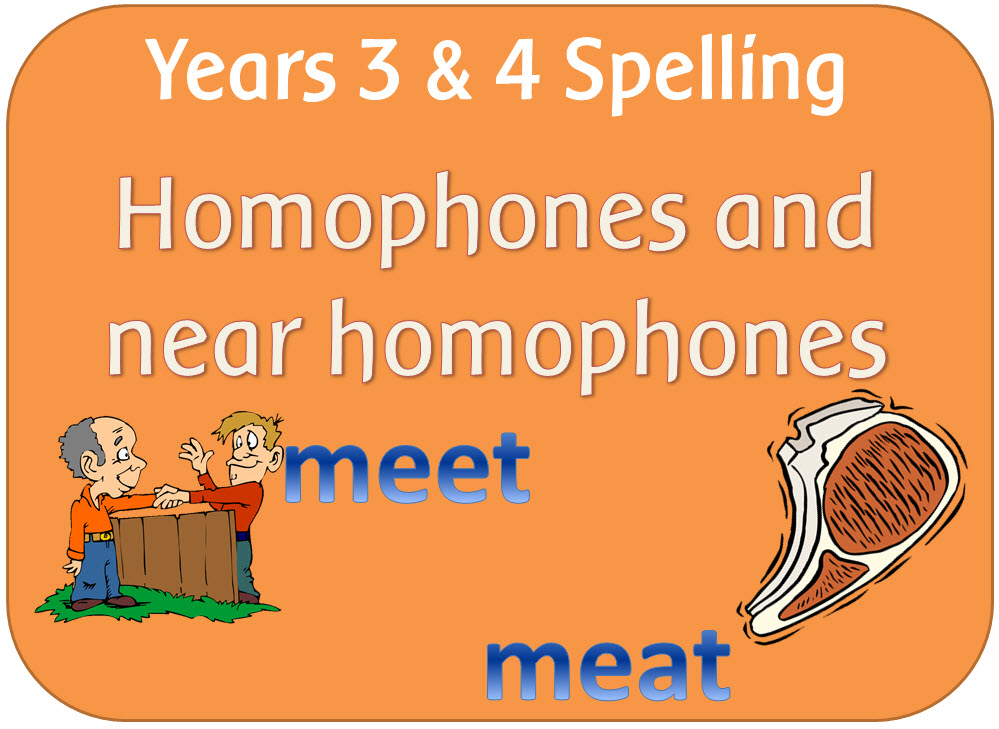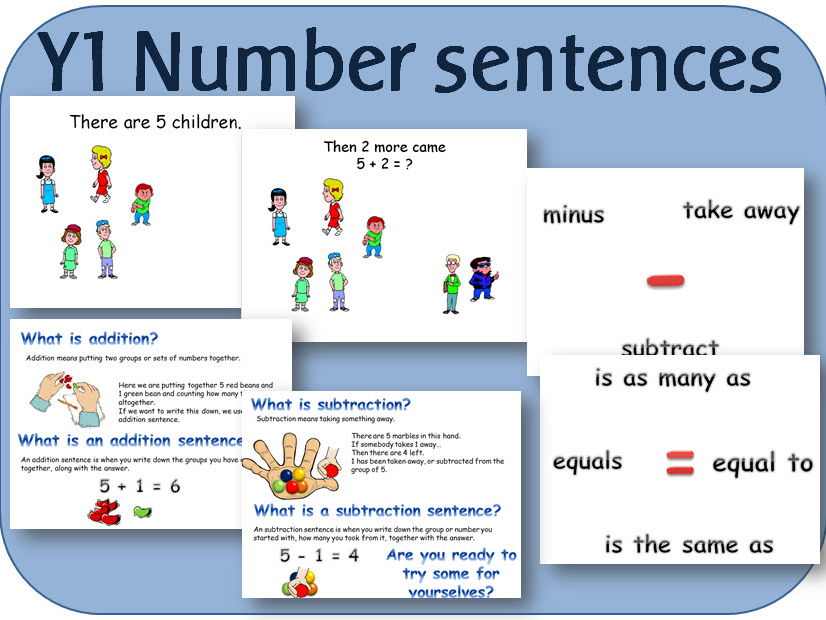
404Uploads
1072k+Views
683k+Downloads

SPaG Year 2 Spelling: Possessive apostrophes activities and display
POWERPOINT
Apostrophes for possession: Explains how to use them, and gives sentences to reword, using apostrophes for possession.
ACTIVITY
Worksheet - Possessive apostrophes
DISPLAY
Single possessive apostrophes posters
TEACHER RESOURCES
Y2 Spelling Appendix - Possesive apostrophes: An adaptable outline plan

SPaG Year 2 Spelling: Contractions
Resources to teach the spelling rules for: The use of apostrophes in contractions
POWERPOINT
Introduction to contractions: Explains what contractions are and shows examples of them in newspaper headlines. It then demonstrates how different contractions are formed. It ends with an oral activity for the children to say the long form of the contraction in each sentence.
Writing contractions: A writing activity where the children have to change the words into contractions
Changing contractions to the full form: As above, but the other way round
Its or it’s: Explains the differences, with sentences for the children to guess which is correct
Your or you’re: As above
ACTIVITIES
Cards - Sentences with contractions: The children can rewrite them in the long form
Cards - Contractions snap
Show me cards - its or it’s
Show me cards - your or you’re
Worksheet - Change the words into contractions
Worksheet - Change the contractions into the long form
Worksheet - Complete the contraction matrix
Worksheet - Find the contractions in the story
Newspaper report
TEACHER RESOURCES
Y2 Spelling Appendix planning - Contractions: An adaptable outline plan
Word List - With relevant contractions

SPaG Year 2 Spelling: Words ending -tion
Resources to teach the spelling rules for words ending in tion
POWERPOINT
Words ending tion: Introduction to the 'shun' sound spelt tion as the most common spelling, with a spelling activity.
ACTIVITIES
Word wheel: making words ending in tion
Word search: Words ending in tion
Although every effort has been made to check wordsearches for unintentional inappropriate words, it is recommended that teachers double check them before giving to children.
TEACHER RESOURCES
Y2 Spelling Appendix Words ending in tion: An adaptable outline plan
Word List - With relevant words

SPaG Year 3 & 4 Spelling: Recap of the rules for adding suffixes
5 powerpoint lessons for a recap of the rules learnt in Y2 for adding suffixes to different types of words.

SPaG Year 3 & 4 Spelling: Homophones and near homophones
POWERPOINTS:Each set gives definitions/explanations of each homophone, then ends with an activity for the children to work out which homophone is appropriate in different sentences. For more difficult or confusing homophones there are additional powerpoints with extra sentence practice.
Introduction to homophones
All Y3 and 4 homophones
Set 1 homophones: accept/except,affect/effect,ball/bawl,berry/bury
Homophones accept and except
Homophones affect and effect
Set 2 homophones
Set 3 homophones
Homophones heel heal and he'll
Homophones here and hear
Set 4 homophones
Set 5 homophones
Homophones who's and whose
PDF (PRINTABLE) RESOURCES:
Look Write Cover Check x 5: For spelling practice, containing the words in the above PowerPoints
Homophone and definitions cards x 5
TEACHER RESOURCES:
Adaptable outline plan

SPaG Year 3 & 4 Spelling: Possessive apostrophe with plural words
POWERPOINT:Explains what they are and how to use them then finishes with an activity to reword sentences and put the apostrophe in the correct place.
PDF (PRINTABLE) RESOURCES:
Possessive apostrophes plurals worksheet
PLURAL POSSESSIVE APOSTROPHES POSTERS
A set of posters for display
TEACHER RESOURCES:
Adaptable outline plan

SPaG Year 5 & 6 Spelling: Word list resouces
A set of resources to teach the spellings of words in the years 5 and 6 word list.
INTRODUCTORY POWERPOINTS
All about words: Introduces the history of the English spelling system and why some words are difficult to spell.
Spelling strategies: Looks at different ways to learn spellings for children to use.
12 SPELLING POWERPOINTS:
The words are organised into 12 different categories, according to how they are spelt. Each category contains between 7 and 9 words so that they can also be used for spelling tests.
Each category contains a PowerPoint with a page for each word and a range of strategies to help remember the spelling of each. The strategies include:
Looking at the history of the word
Looking at words in the same word family
Looking at spelling rules
Looking at root words and affixes
Using speak and spell
Highlighting unusual spelling
Mnemonics
Looking at words within the word
Looking at words with similar spelling patterns
The categories are as follows:
Words with doubles c and m
Words with doubles g, l and p
Words with doubles r, s and t
IE words
Words containing u
Words with affixes 1
Words with affixes 2
Words with unsounded vowels 1
Words with unsounded vowels 2
Words with unsounded vowels 3
Words with unusual Grapheme-Phoneme Correspondence 1
Words with unusual Grapheme-Phoneme Correspondence 2

SPaG Year 5 Sentence Grammar: Relative clauses beginning with who, which, etc
A set of Y5 resources to teach about relative clauses beginning with who, which, where, when, whose, that, or an omitted relative pronoun
POWERPOINTS:
Relative clauses - pronouns who which that
Relative clauses with pronoun whose
Relative clauses with when and where
PRINTABLE FILES (PDF):
Relative clauses worksheet who which that
Relative clauses worksheet whose
Relative clauses worksheet when & where

SPaG Year 5 Terminology powerpoint
Explains the terminology specified in Y5: modal verb, relative pronoun, relative clause, parenthesis, cohesion and ambiguity.

SPaG Year 6 Text Grammar: Linking ideas using cohesive devices
A powepoint and display file to help children remember a range of cohesive devices in their writing.
POWERPOINT:
Cohesive devises: Looks at and explains cohesive devices such as synonyms; pronouns; verb tenses; repetition of a phrase; adverbials and ellipses
PRINTABLE FILE (PDF):
Cohesive devices display: For reference - it contains all the terminology above.

Phase 1 Aspect 3 Body percussion: Letters and Sounds Phonics resource pack
A mixture of powerpoints and printable activities to encourage sound discrimination by listening to sounds in the environment.

Phase 3 Letters and Sounds phonic resources: Learning set 6 letters- j v w x - activity pack
Each introductory powerpoint introduces the new letter, shows a picture mnemonic, demonstates correct letter formation then reinforces it with an initial sound game.
Also in the pack:
A powerpoint showing each letter in the set with a picture to help the children remember the sound;
Phase 2 letters to recap
A set of letter flashcards of all letters learnt so far
Wlhat's in the Box game
Buried Treasure game - printed and interactive
Matching words and pictures to print
Letter fans
Treasure chest and bin
Yes/ No questions & game

Phase 3 Letters and Sounds phonic resources: Graphemes oi ear air ure er powerpoints
Each introductory powerpoint introduces the new grapheme; shows a mnemonic and a game where the children have to select the correct object to match the words.
Also in the pack:
A powerpoint showing each grapheme in the set with a picture to help the children remember the sound;
A set of grapheme flashcards
What's in the Box games
Writing words activities
Matching words and pictures

Phase 3 Letters and Sounds phonic resources: set 7 letters- y z zz qu - activity pack
Each introductory powerpoint introduces the new letter, shows a picture mnemonic, demonstates correct letter formation then reinforces it with an initial sound game.
Also in the pack:
A powerpoint showing each letter in the set with a picture to help the children remember the sound;
Phase 2 letters to recap
A set of letter flashcards of all letters learnt so far
Wlhat's in the Box game
Buried Treasure game - printed and interactive
Matching words and pictures to print
Letter fans
Treasure chest and bin
Captions using sets 1-7 letters
Yes/ No questions & game

Letters and Sounds graphemes: Activities for the end of Phase 3
A pack of resources to use after all Phase 3 letters and graphemes have been taught.

Y1 Maths number and place value: 1 more and 1 less
A set of powerpoints to help children practise identifying one more or less than a given number.

Year 1 Maths Number: Identifying and representing numbers
A set of 15 powerpoints to help children identify and represent numbers with objects and pictures , use a numberline and use language such as equal to, more than etc.

Year 1 Maths Number: Addition and subtraction - introduction to number sentences
Four powerpoints to introduce the concept of number sentences in KS1. They help to teach how to read, write and interpret mathematical statements involving addition, subtraction and equals signs. Also included is a set of number cards plus add, subtract and equals symbols.

Year 1 Maths Number: One step addition problems
A set of powerpoints with different activities and problems to solve.
Addition as combining 2 sets: visual representation of joining two sets along with the number sentences
Addition can be done in any order: Demonstrates adding two numbers with counters by adding the small amount to the larger amount, and the larger amount to the smaller amount. Shows how this is the same when adding using numerals, and that it is easier to add the smaller number to the bigger number.
Addition strategies: shows different ways that addition can be done, including counting on, using a number line, using fingers or counters etc.
Buying 2 things at the toy shop: Real-life situation of using addition when buying 2 objects.
Counting biscuits and missing numbers: Shows how 10 biscuits can be shared using addition sentences. It then introduces the concept of missing numbers, hiding biscuits and numerals with a reveal button.
Counting dominoes: shows that addition can be done in any order.
Counting on at the pet shop: Practical counting on activity
Counting on from the biggest number: Demonstrates with objects on a number line how it is easier to count on from the biggest number
Counting on the bus: practical addition activities
Counting on the double decker bus: practical addition using the top and bottom deck
Counting on with animals: Simple counting activity with animals
Counting on with pencils: activity where the children can write down the number sentence to work out the answer
The toy shop: introduces the concept of most and least, more than etc. in a practical context.

Y1 Maths Geometry - position and direction
There are 4 powerpoints in this set:
Pivots: Shows examples of objects with pivots and how they work
Pivot worksheet (pdf): Objects with pivots
Objects that turn about a line: Shows examples of these kinds of objects.
Turns around a point - shows quarter and half turns on a clock.
Describing position: Shows different scenarios (Inside a house; a lounge; garage; bedroom, and classroom) and asks the children to describe the position of different objects using a range of vocabulary to describe position.

